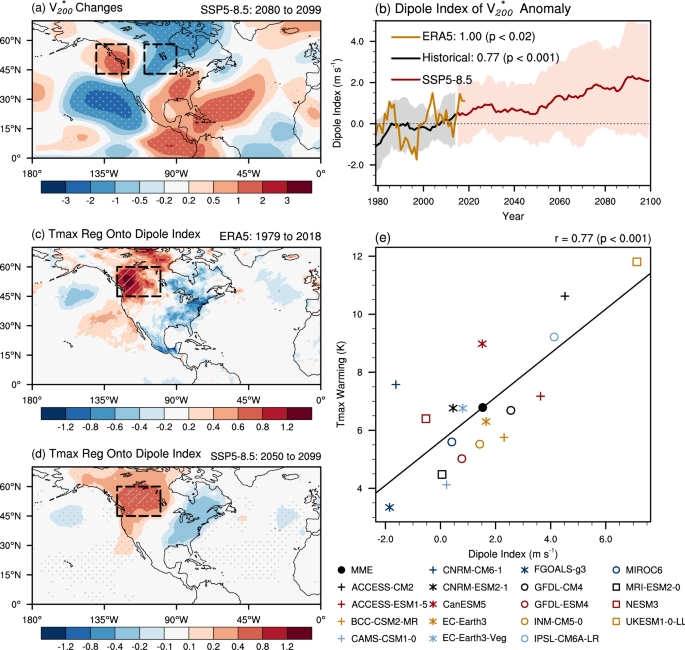2023-12-12 ブラウン大学
◆NASAの高解像度衛星と航空画像を使用し、未マッピングの湖が実際には予測よりも遥かに少ないことが明らかになり、これにより北極地域のメタン排出の規模見積もりが大幅に修正される可能性があります。これにより、地球の大気に対する寄与が低いことが分かり、これまでの研究の結果との違いを埋める一歩となりました。
<関連情報>
- https://www.brown.edu/news/2023-12-12/arctic-lakes
- https://agupubs.onlinelibrary.wiley.com/doi/10.1029/2023GL104825
湖沼面積、水生植生、湿地帯のダブルカウントが北極圏全域の湖沼メタン排出量推定に及ぼす影響を詳しく見る A Closer Look at the Effects of Lake Area, Aquatic Vegetation, and Double-Counted Wetlands on Pan-Arctic Lake Methane Emissions Estimates
Ethan D. Kyzivat, Laurence C. Smith
Geophysical Research Letters Published: 12 December 2023
DOI:https://doi.org/10.1029/2023GL104825

Abstract
Lake methane emissions are commonly upscaled from lake area, with recognition that smaller, non-inventoried lakes emit more per unit area. There is also growing awareness of the importance of lake aquatic vegetation and potential “double-counting” with wetlands, but lack of consensus on which is most impactful. Here, we combine high-resolution data with the comprehensive lake inventory HydroLAKES to rank these three variables based on emissions sensitivity. Including non-inventoried small lakes <0.1 km2 (+30 [range: 9.0 to 82]% change) is greatest, followed by double-counting (−20 [−11 to −34]%) and lake aquatic vegetation (+14 [2.7 to 43]%). Significantly, emissions from non-inventoried lakes contribute far less than the ∼40% previously determined globally through statistical area extrapolation. We produce a first pan-Arctic estimate of lake aquatic vegetation in 1.37 million km2 of lakes, but after correcting for persistent double-counting, its net effect is to decrease emissions estimates by 9%. Thus, previous global emissions estimates are likely too high.
Key Points
- High-resolution lake maps are scaled to the pan-Arctic, showing small lakes <0.1 km2 comprise less area (12% of total) than thought
- Double counting between lake aquatic vegetation and wetlands is still prevalent (11% of lake area) and occurs in lakes of all sizes
- Previous lake methane emissions estimates are likely biased high, and uncertainty can best be reduced by improving lake map resolution
Plain Language Summary
Lakes are the second-largest natural source of methane, after wetlands. Here, we assess the relative importance of three poorly constrained parameters known to be sources of error in lake methane estimates: lake area distribution, lake aquatic vegetation, and “double-counting” with wetlands. We use newly available high-resolution data to estimate the total areas of mapped and unmapped lakes and produce a first estimate of Arctic lake aquatic vegetation. Our Arctic study domain contains 40% of global lake area and has been emphasized in previous lake methane emission studies. Surprisingly, we find that small, unmapped lakes are far less abundant than thought. In particular, very small ponds <0.001 km2 in area are believed to contribute ∼40% of lake methane emissions, but we find they contribute only 3%. Although vegetated zones, known emissions hotspots, cover 8% of Arctic lakes, their effect is more than offset by potential wetland double-counting still present in estimates. These findings can help reduce uncertainty by comparing the relative effects of lake area, lake aquatic vegetation, and double-counting and suggest that previous emissions estimates are too high. New maps based on ample high-resolution data from existing satellites could definitively reveal the area of small lakes at the global scale.



